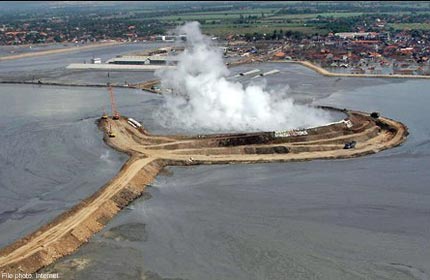
© AFP
Porong - "Lusi" the mud volcano is slowing down five years after it engulfed fields, homes and factories in a heavily populated part of Indonesia, but experts say the danger may last for decades.
Almost every minute another jet of thick, boiling, foul liquid shoots into the sky followed by a white cloud of vapour, adding to the vast lake of mud which now covers more than 700 hectares (1,730 acres) of Java island's Sidoarjo district.
"My whole life is buried here. I've lost everything: my house and the warung (streetside food stall) I opened just before the disaster," said Harwati, a 35-year-old widow and mother-of-two who now guides tourists around the disaster zone.
"Since then, life has been really hard. It's difficult to find a job."
She is one of some 40,000 people who have been forced out of their homes by the inexorable ooze, which appeared without warning on May 29, 2006 in the middle of a rice field.
Gradually, the mud has swallowed 12 villages, 30 factories, dozens of shops and a busy highway near the country's second largest city of Surabaya. Twelve people have been killed, but many more lives have been wrecked.
As the mud continues to flow, a row over its cause also festers with some experts and victims accusing a local gas drilling company of sparking the torrent - an allegation it denies.
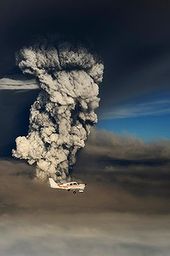
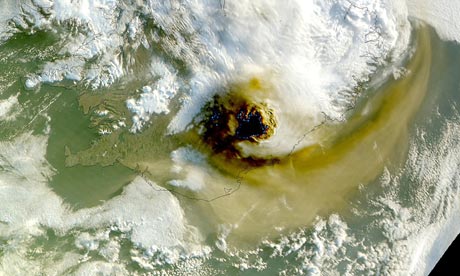
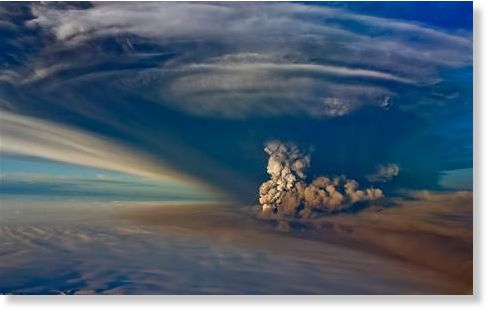
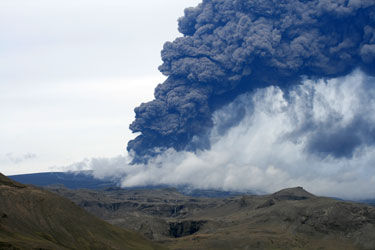
Comment: This eruption may well merit caution, but remember that we've been here before and been bamboozled before:
'Ashteria' is a Pretext to Shut Down International Air Travel